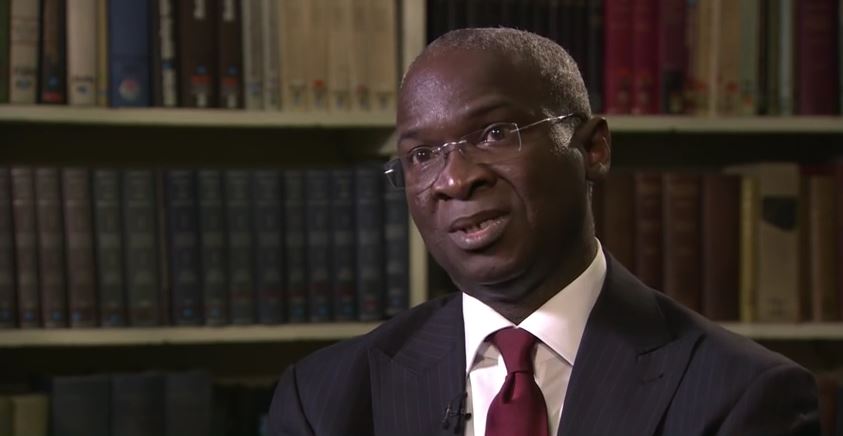As widely anticipated the Bank of Japan did not surprise markets by keeping monetary policy unchanged at its final meeting for 2016. The central bank left interest rates unchanged at -0.1% and 10-year JGB’s yield target around zero, while maintaining its annual holding of bonds at 80 trillion yen.
The 12% decline in the Yen and 13% surge in crude prices since BoJ last met on November 1, helped in providing a brighter economic outlook as exports and output picked up.
But the extreme divergence of U.S. monetary policy was considered a risk, as series of expected rate hikes in 2017 could see capital flight from emerging economies.
USDJPY rose 0.5% as bond yield spreads between U.S. and Japan are not expected to shrink anytime soon, but we can assume that BoJ’s next step is likely to tighten rather than ease further.
Advertisement
Year 2016 is ending with tragic incidents in Turkey and Germany, but investors have become so fast in digesting bad news, and this explains the resilience in financial markets.
The U.S. dollar is trading in narrow ranges against most of its major peers after Monday’s rally which was supported by Yellen’s public speech in Baltimore University. Although she did not comment on monetary policy, her views that the job market is strong and wage growth picking up was sufficient to provide the greenback a boost.
With only nine trading days remaining till end of year, investors are unlikely to take heavy positions, whether it’s in equity, fixed income or foreign exchange markets, suggesting that the narrow range trading is likely to remain until new year.
Advertisement
For more information, please visit: ForexTime
Sayed is chief market strategist at FXTM
Add a comment






